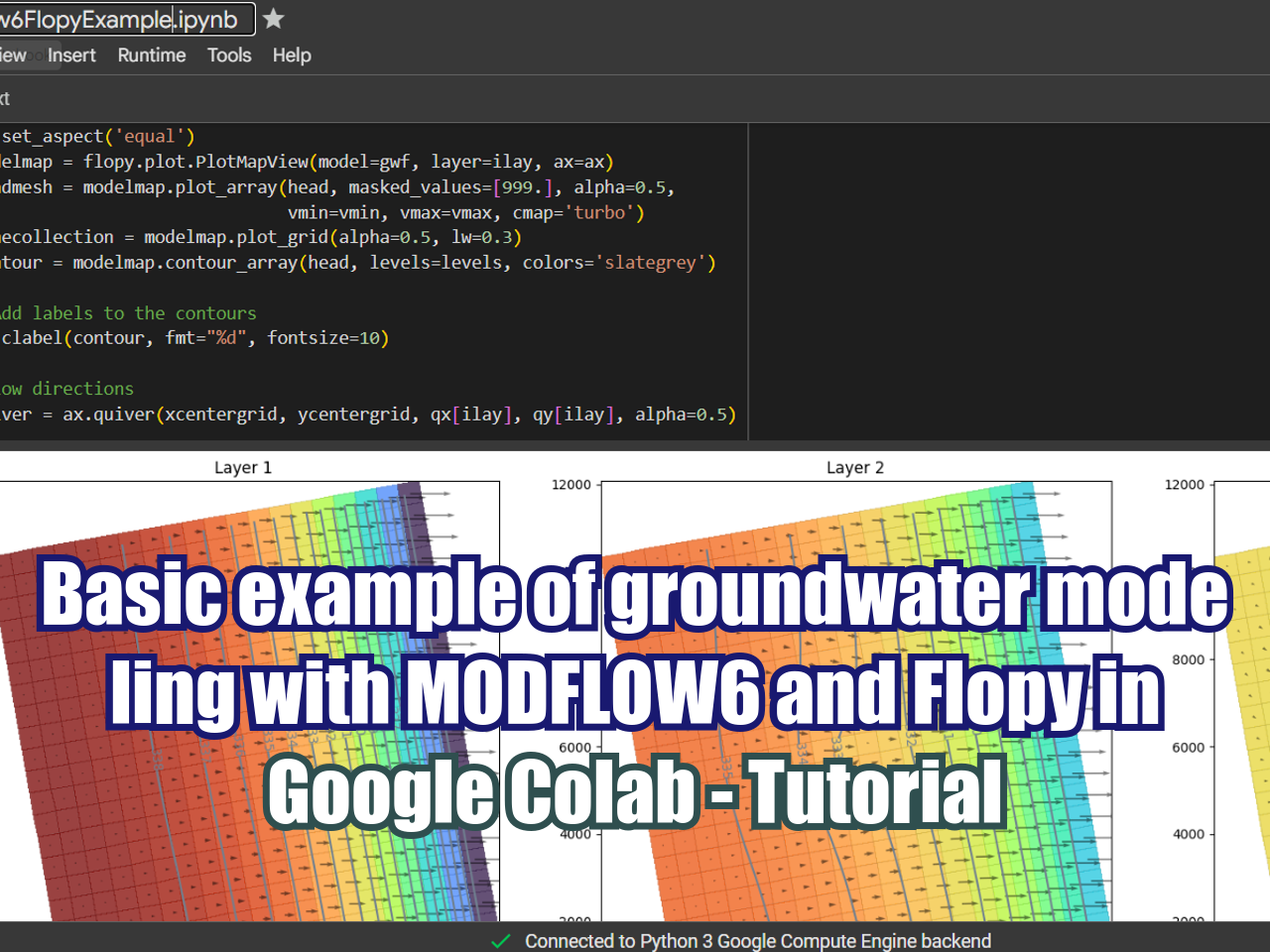Simulation of water evaporation with Phreeqc and Aquifer App - Tutorial
/We define evaporation as the process of removing water from the chemical system in Phreeqc and this can be achieved with the REACTION keyword and a negative reaction coefficient. We have developed an applied case of water evaporation from precipitation water and the mix of the resulting water to restore the original volume. The whole Phreeqc setup, simulation and result analysis process has been in Aquifer App.
Read More























